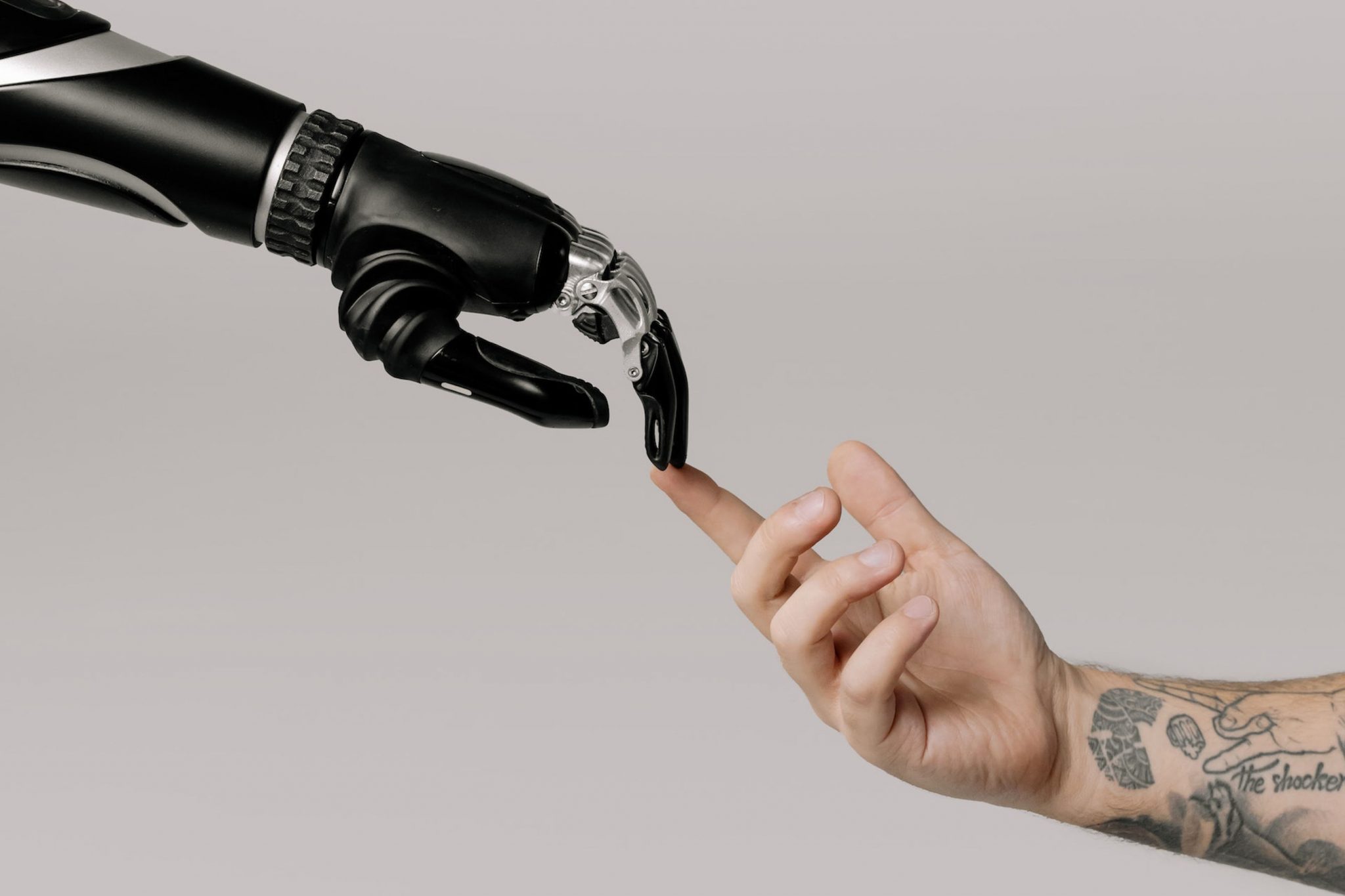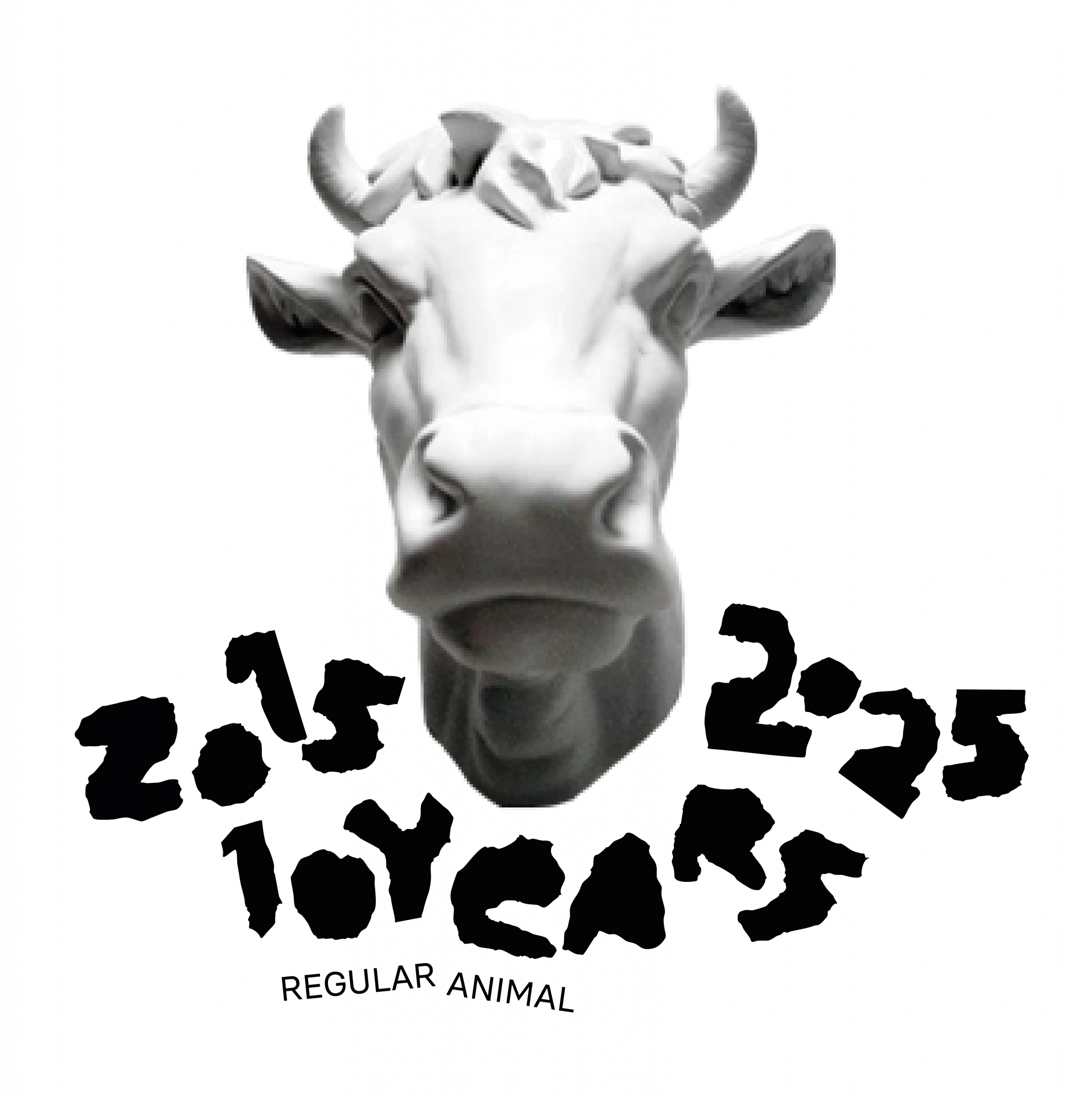AI and the Future of Design: A Revolution in the Making
August, 2023
The integration of Artificial Intelligence (AI) into various industries is reshaping how we approach everyday tasks. In the world of design, AI is not only a tool but a collaborator that is adding value, efficiency, and innovation to the design process. In this blog post, we will explore the various ways AI is impacting the design world and why this technology is poised to be a game-changer.
1. Automated Design Tasks
AI has the ability to automate repetitive tasks that often take up significant time in the design process. By utilizing machine learning algorithms, designers can quickly generate multiple design variations, test different color combinations, or optimize layouts. This automation allows designers to focus on more complex and creative aspects of their work.
2. Personalized User Experiences
Through the analysis of user data and behavior, AI can provide insights that lead to more personalized design experiences. Whether it’s an eCommerce website tailoring recommendations or an app adapting its interface for individual users, AI enables designers to create more engaging and effective user experiences.
3. Enhancing Creativity
AI doesn’t replace human creativity but rather enhances it. Tools like generative design, which uses algorithms to create thousands of design alternatives, allow designers to explore unexpected paths. This collaborative approach between human intuition and machine capability leads to innovative and sometimes unconventional solutions.
4. Real-time Collaboration and Prototyping
With AI-driven design systems, real-time collaboration becomes seamless. Teams can work on designs simultaneously, with AI providing immediate feedback and suggestions. Furthermore, virtual prototyping and testing are now achievable at a pace that was unimaginable before, shortening the development cycle.
5. Accessibility
AI democratizes design by providing small businesses and individual designers access to tools that were once exclusive to large corporations. AI-driven design platforms are often more affordable and offer intuitive interfaces, making design more accessible to a broader audience.
6. Sustainability and Optimization
Sustainability is a growing concern in design, and AI plays a significant role in achieving eco-friendly solutions. By analyzing materials, energy consumption, and other factors, AI can help designers create products and structures that are both aesthetically pleasing and environmentally responsible.
7. Predicting Trends
Through big data analysis, AI can predict emerging design trends, helping designers and businesses stay ahead of the curve. These insights can be vital for graphic design, branding, and marketing strategies.
Conclusion
Artificial Intelligence is transforming the design process in ways that were once thought impossible. From automating tedious tasks to enhancing creativity and enabling real-time collaboration, AI is revolutionizing how designers work.
The future of design is one where human creativity and machine intelligence work hand in hand. Embracing this technology doesn’t mean relinquishing the human touch; instead, it offers a powerful tool that amplifies human capabilities and opens up new possibilities.
As AI continues to evolve, so too will the world of design. The relationship between designers and AI will likely become even more integrated, leading to exciting and innovative outcomes that will shape the future of the design industry. It’s a thrilling time to be a part of this transformation, and the possibilities seem endless.

Regular Animal is a Miami-based creative agency dedicated to create content that makes exceptional brands shine. We bring your brand to life through Right Thoughts, Right Words, Right Actions™—inspiring branding, sleek graphic design, user-friendly websites, and compelling copywriting.
 Skip to main content
Skip to main content
